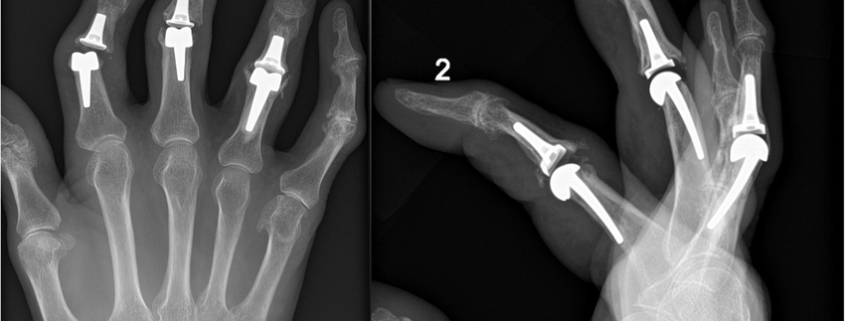
Artificial Joint Replacement of the Finger
Overview
An artificial joint replacement of the finger is a surgical procedure where a diseased or damaged joint in the finger is replaced with an artificial one. This is often done to relieve pain, increase mobility, and improve the overall quality of life for patients suffering from severe arthritis or other debilitating finger conditions.
Types
There are two primary types of artificial joints utilized in finger replacement surgery:
1. Surface replacement arthroplasty – where only the surface of the bones making up the finger joint are replaced.
2. Total joint arthroplasty – where the entire finger joint is replaced.
Each of these has different pros and cons, which should be weighed with advice from a healthcare professional.
Causes
The need for artificial joint replacement of the finger often arises due to specific conditions that cause severe damage to the finger joint. Some of these include:
– Osteoarthritis, a wear-and-tear disease that damages the cushioning in the joint.
– Rheumatoid arthritis, an autoimmune disease that attacks the joints.
– Traumas or injuries that result in joint damage deep enough that cannot heal naturally.
Symptoms
Several symptoms may suggest the necessity for an artificial joint replacement of the finger:
– Chronic finger pain not eased by traditional medication.
– Difficulty or inability to carry out tasks that require manual dexterity.
– Stiffness and loss of mobility in the finger.
– Noticeable deformity of the finger joint.
Diagnosis
Providers typically diagnose the need for an artificial joint replacement of the finger through physical examinations, medical history discussions, and imaging tests such as X-rays or MRIs. These methods allow doctors to understand the severity and extent of joint damage.
Treatment Options
Prior to considering surgical interventions, conservative methods are typically the first approach. These include:
– Use of anti-inflammatory drugs
– Physical therapy and exercises
– Rest and lifestyle changes
When these methods do not provide enough relief, and the pain and dysfunction are severe, a healthcare provider may suggest an artificial joint replacement surgery.
Living With Artificial Joint Replacement of the Finger
Post-surgery, patients can expect to experience some temporary discomfort or pain. It is essential to keep the operated finger clean, elevated, and mobilized as per the provider’s recommendation. Rehabilitation often includes prescribed exercises for helping regain strength and mobility.
When to Seek Help
After undergoing an artificial joint replacement of the finger, patients should seek medical attention immediately if they experience:
– Increased redness, swelling, or pain in the operated finger.
– Any signs of infection like fever, chills, or pus.
– New, unexpected changes in the color or sensation of the finger.
Always consult with a healthcare professional for any concerns or symptoms related to an artificial joint replacement of the finger.
